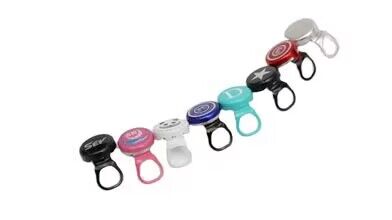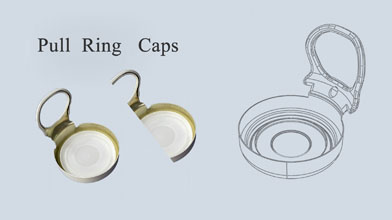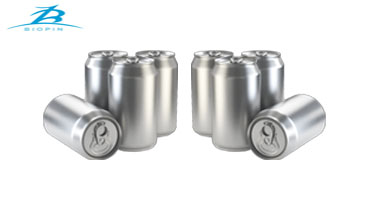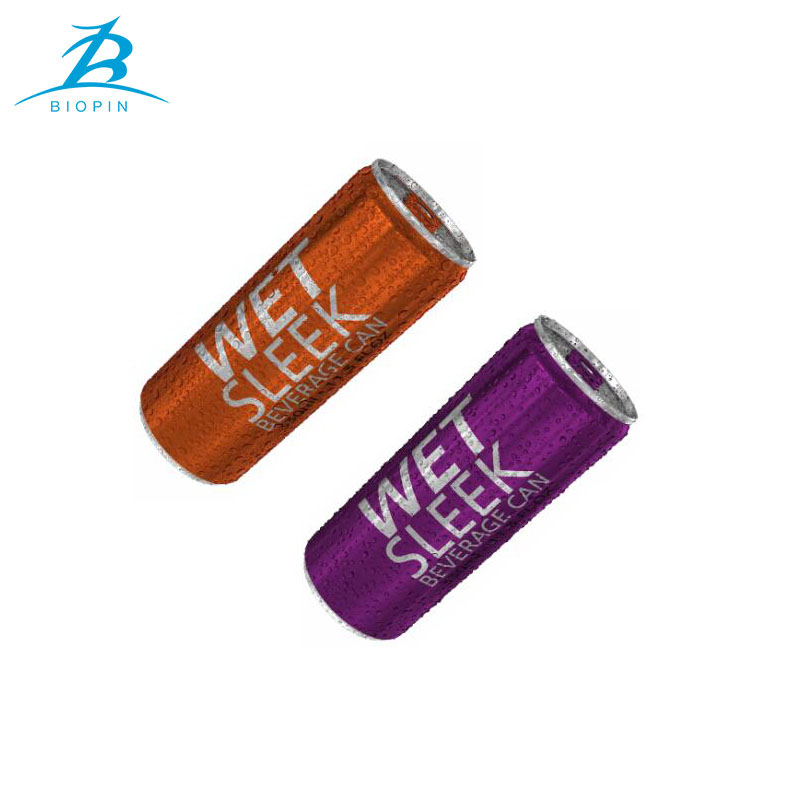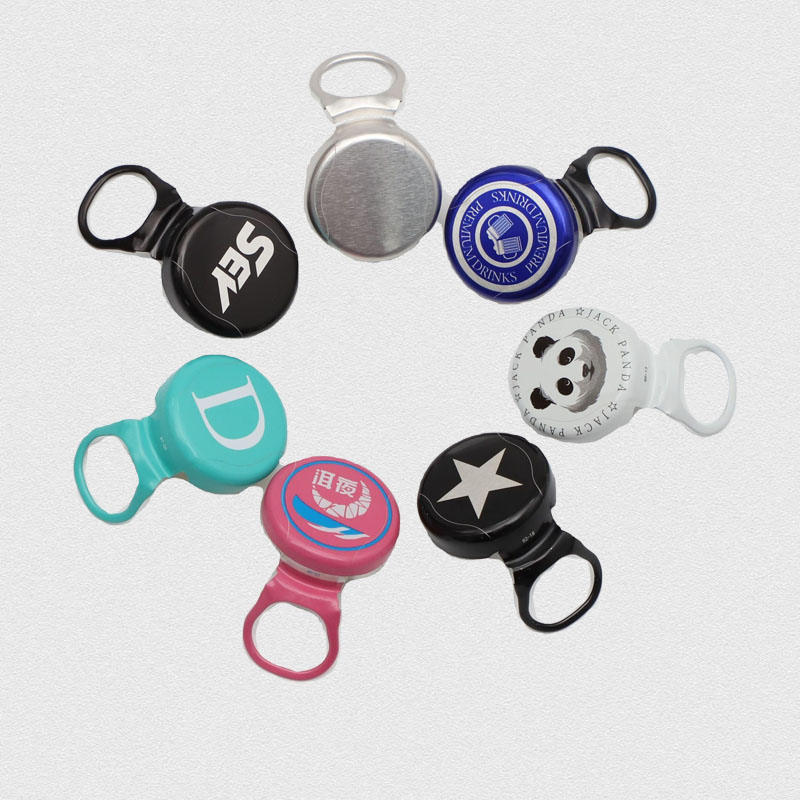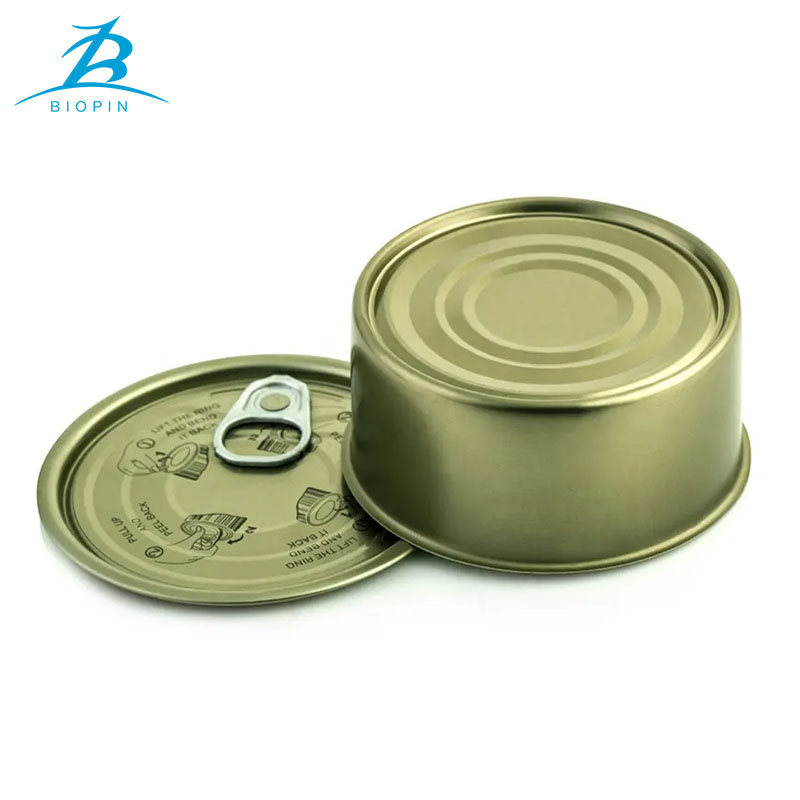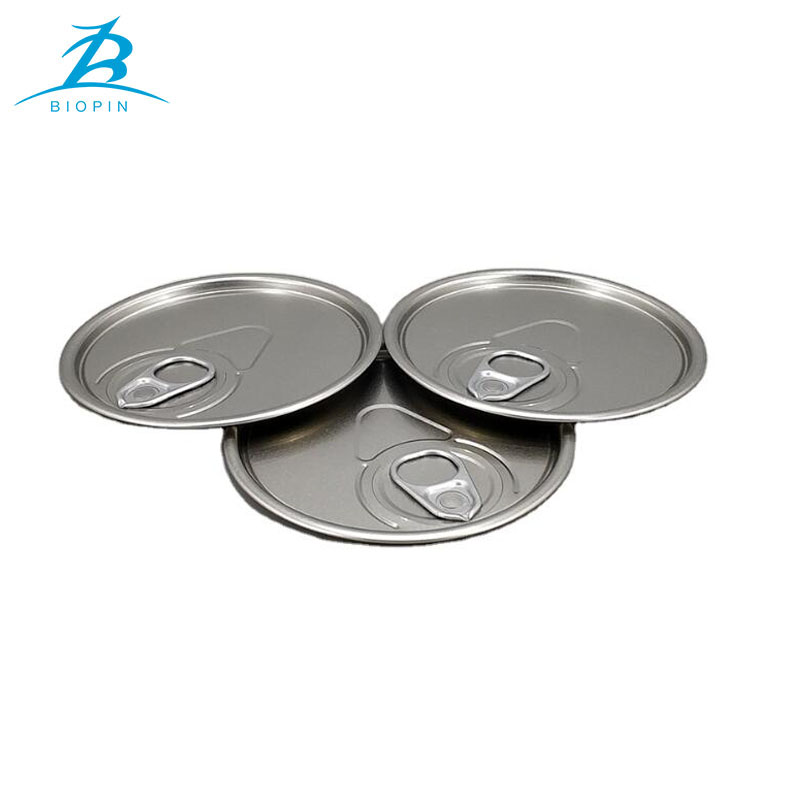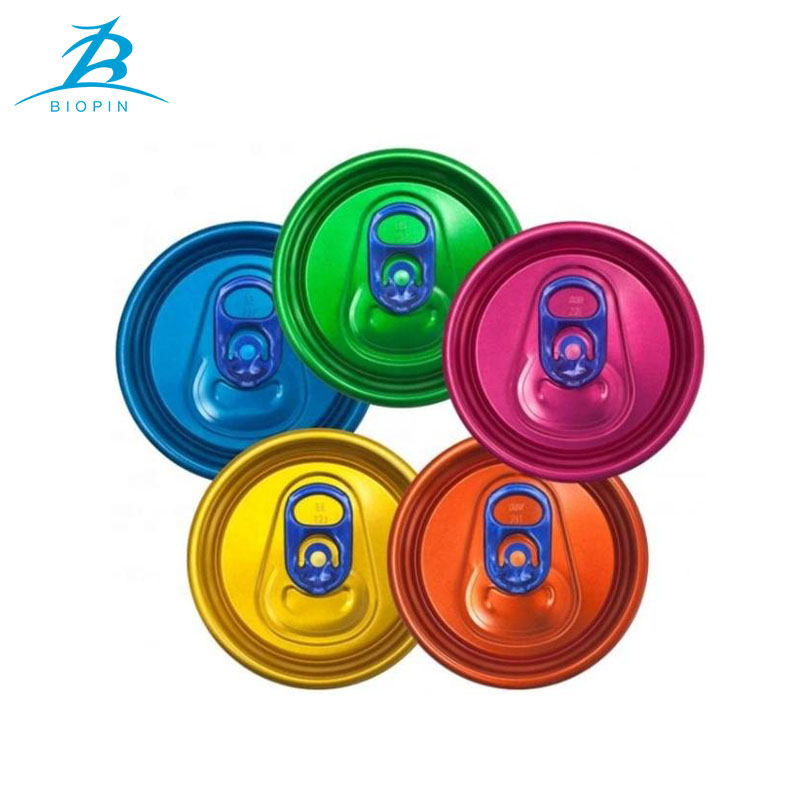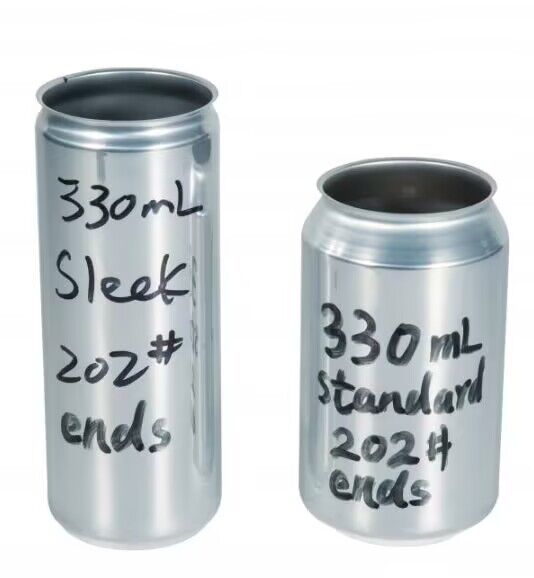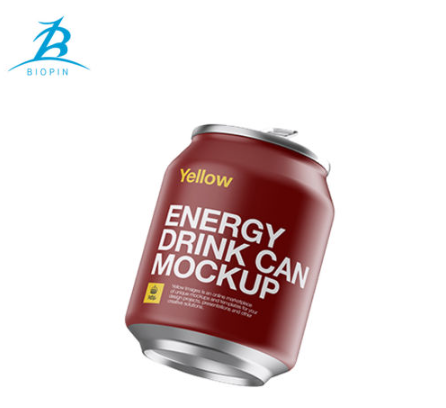Почему алюминиевые банки набирают популярность в упаковочной промышленности?
Jan 30, 2024
В последние годы, алюминиевые банки испытали всплеск популярности в упаковочной индустрии. Эту тенденцию можно объяснить несколькими ключевыми факторами, которые делают алюминиевые банки предпочтительным выбором для множества продуктов, от напитков до предметов личной гигиены. В этом сообщении блога мы рассмотрим причины растущей популярности алюминиевых банок и преимущества, которые они предлагают как потребителям, так и производителям.Легкий и портативный:Одной из основных причин роста популярности алюминиевых банок является их легкий вес. Алюминий значительно легче альтернативных упаковочных материалов, таких как стекло или пластик, что упрощает обращение, транспортировку и хранение банок. Эта характеристика особенно выгодна для таких отраслей, как производство напитков, где удобство и мобильность высоко ценятся потребителями.Эффективный и устойчивый:Алюминиевые банки известны своими исключительными возможностями переработки и экологичностью. Алюминий — это материал, который легко перерабатывается: почти 75% всего когда-либо произведенного алюминия используется до сих пор. Переработка алюминиевых банок экономит значительное количество энергии и ресурсов по сравнению с производством новых банок с нуля. Кроме того, алюминиевые банки подлежат неограниченной вторичной переработке, то есть их можно перерабатывать повторно без потери качества.Превосходная защита и сохранение:Алюминиевые банки обеспечивают превосходную защиту продуктов, которые они содержат. Они создают барьер против света, кислорода и влаги, сохраняя свежесть, вкус и качество упакованных товаров. Это делает алюминиевые банки идеальным выбором для напитков, поскольку они помогают предотвратить порчу и сохранить желаемый вкус в течение длительного периода.Возможности брендинга и дизайна:Алюминиевые банки представляют собой универсальный холст для брендинга и дизайна. Гладкая поверхность алюминиевых банок обеспечивает яркую печать с высоким разрешением, что позволяет брендам создавать привлекательную графику, которая будет выделяться на полках магазинов. Кроме того, алюминиевые банки могут быть персонализированы с различной отделкой, тиснением или даже тактильными элементами, что повышает общую визуальную привлекательность и узнаваемость бренда.Потребительские предпочтения:Потребители все больше тяготеют к алюминиевым банкам из-за их воспринимаемой ценности и положительных качеств. Алюминиевые банки часто ассоциируются с премиальным качеством, долговечностью и современной элегантной эстетикой. Более того, потребители ценят удобство, простоту использования и возможность повторно запечатывать алюминиевые банки, что позволяет потреблять их на ходу и минимизировать отходы.Рост популярности алюминиевых банок в упаковочной промышленности можно объяснить их легким весом, возможностью вторичной переработки, превосходной защитой продукта, возможностями брендинга и потребительскими предпочтениями. Поскольку экологичность и удобство по-прежнему являются ключевыми факторами как для производителей, так и для потребителей, алюминиевые банки стали предпочтительным выбором для упаковки различных продуктов. Благодаря своим многочисленным преимуществам алюминиевые банки, вероятно, сохранят свою популярность в упаковочной отрасли еще долгие годы.


